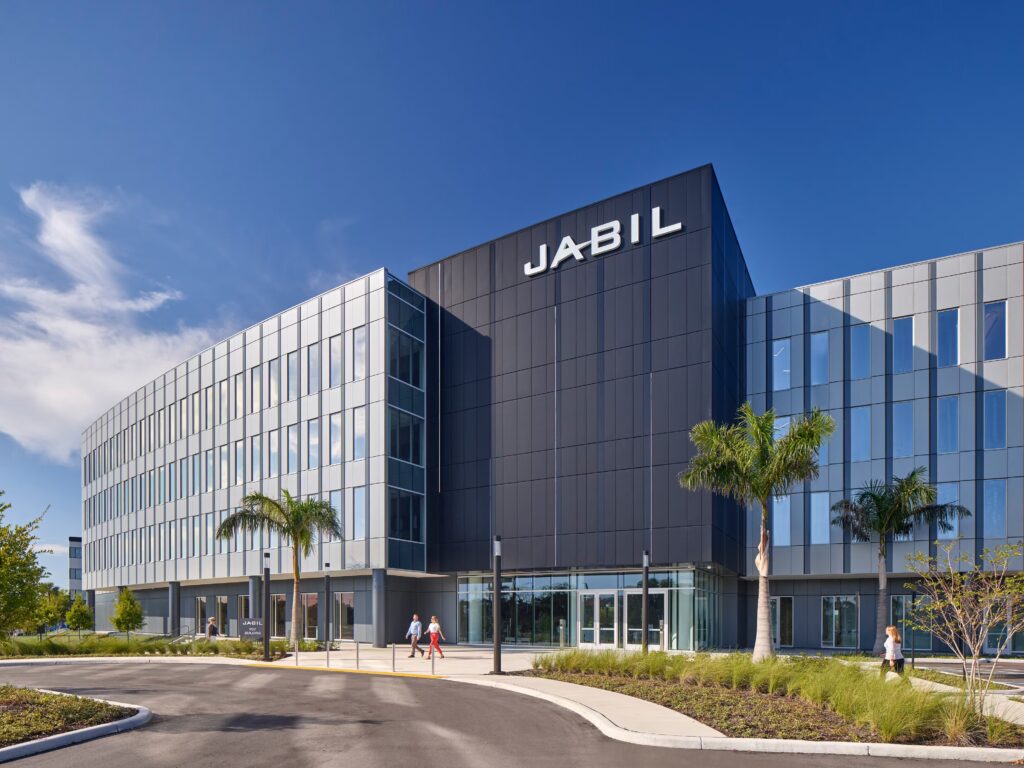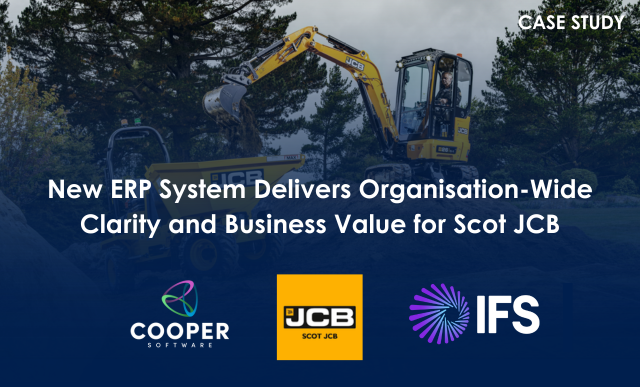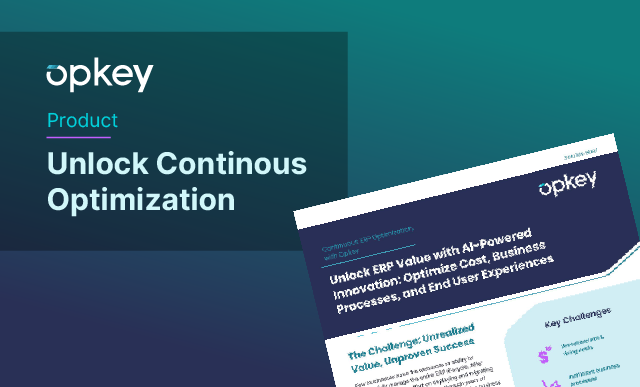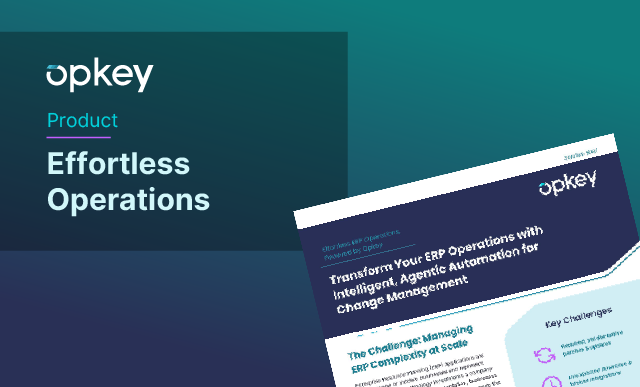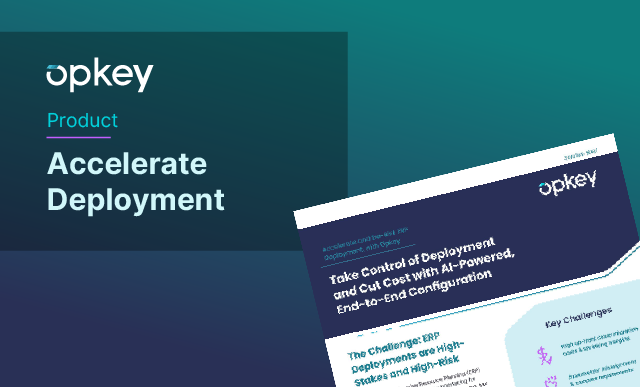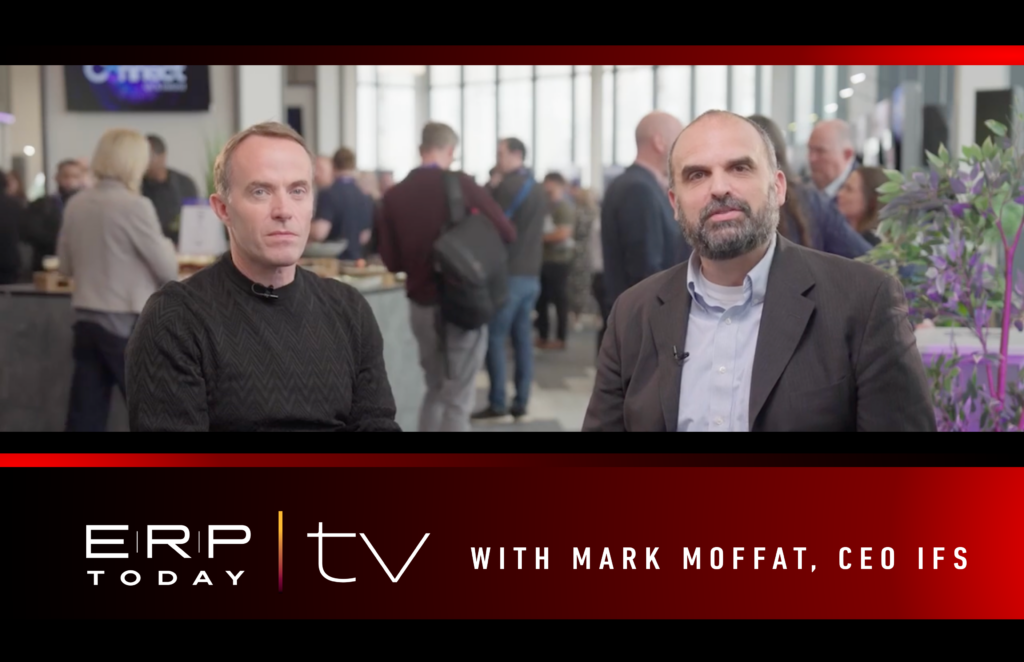Agentic Service Operations: The only way to run IT services in 2025 and beyondJoin ERP Today, NTT DATA Solutions, and ServiceNow’s Agentic Service Operations for an insight-packed webinar. We’ll walk you through how to turn your worst IT nightmares into major wins, put unlimited intelligence into the hands of your IT teams, and streamline the end-to-end process of IT Service and Operations Management.
What we’ll cover:
A relatable scenario: it’s 3 am, your website’s down, alarms are blaring, and the Board is demanding answers.
How “agentic” AI specialists kick in 24×7, combining ITOM and AIOps expertise to pinpoint and resolve issues faster.
Real-world results: slashing incident resolution times, cutting costs, and protecting customer trust.
Live demo: see the platform in action, from automated detection through resolution orchestration.
Why you should join:
Hear from experts in a conversational format—no jargon, just practical insights.
Walk away with concrete tactics to transform Major Incidents into Massive Wins.
Whether you’re an IT leader, service-desk manager or simply keen to see AI-driven service operations in action, this webinar is for you. Register now and let’s make sleepless nights a thing of the past!









